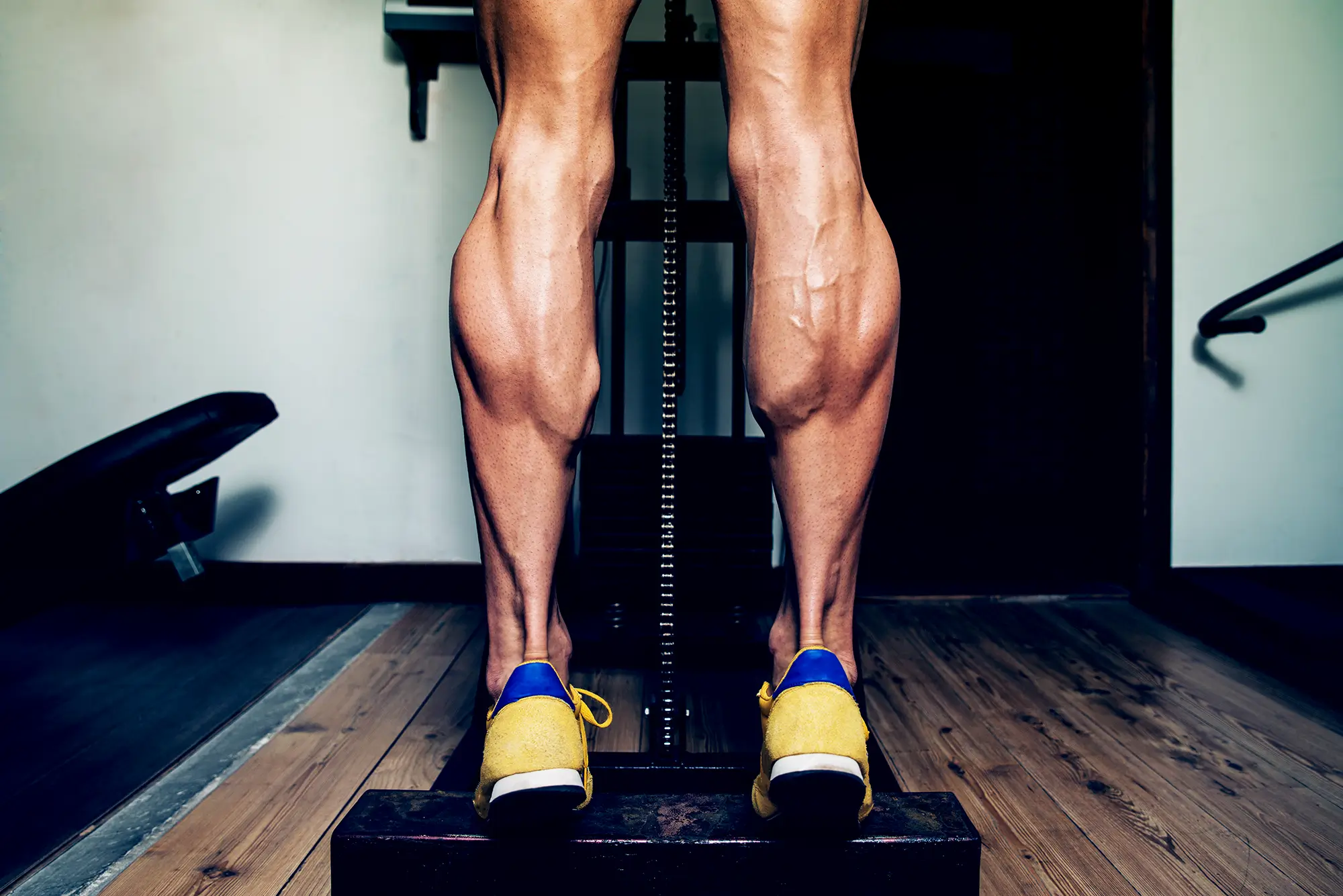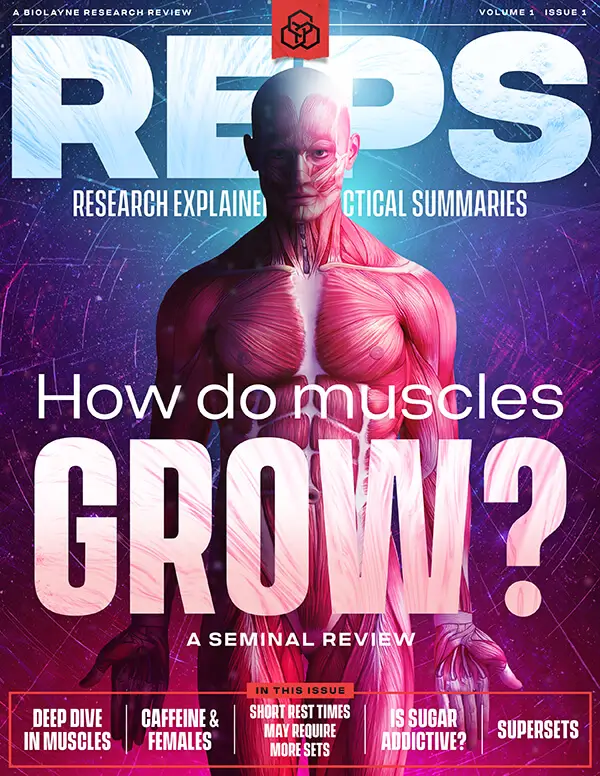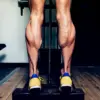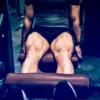If you’re serious about building muscle, you’ve probably pushed yourself to failure in the gym. But, what if stopping there is leaving gains on the table? This new study suggests that taking your sets beyond failure with extra partial reps might lead to even greater muscle growth.
Overview
- What did they test? The study tested whether performing additional past-failure partial repetitions in the lengthened position of a calf raise (ankle dorsiflexion) enhances muscle hypertrophy in the medial gastrocnemius compared to stopping at momentary failure in the shortened position (ankle plantarflexion). Using a within-participant design, untrained men performed unilateral standing calf raises for 10 weeks, with one leg stopping at momentary failure and the other continuing with partial repetitions beyond failure. Muscle thickness was measured via ultrasound to determine the hypertrophic effects of each approach.
- What did they find? Past-failure partial repetitions in the dorsiflexed position led to greater medial gastrocnemius hypertrophy (+9.6%) compared to stopping at momentary failure in the plantarflexed position (+6.7%).
- What does it mean for you? This study suggests that incorporating past-failure partial repetitions at longer muscle lengths may be a more effective strategy for maximizing muscle growth compared to stopping at momentary failure. However, it may also lead to greater discomfort, so individual preference and recovery should be considered when implementing this technique.
What’s The Problem?
Muscle growth is driven by mechanical tension, and training to failure is a common strategy to maximize hypertrophy. However, research suggests that not all failure points are equal—where a set ends in the range of motion can influence growth 1 2. Studies suggest that training at longer muscle lengths enhances hypertrophy 3 4. However, no research up to this point has directly compared stopping at momentary failure versus continuing with past-failure partials. This new study from Larsen and colleagues aimed to explore whether performing additional past-failure partial repetitions beyond momentary failure enhances muscle hypertrophy in the gastrocnemius. Given that the gastrocnemius muscle produces lower torque at shorter muscle lengths, regularly terminating sets at shorter muscle lengths versus longer muscle lengths might limit hypertrophic potential. This study aimed to fill a gap in the literature by comparing these two training approaches in untrained men and assessing their effects on medial gastrocnemius hypertrophy.
Purpose
The study's purpose was to investigate whether performing past-failure partial repetitions in the lengthened position (ankle dorsiflexion) leads to greater medial gastrocnemius hypertrophy compared to stopping at momentary failure in the shortened position (ankle plantarflexion).







